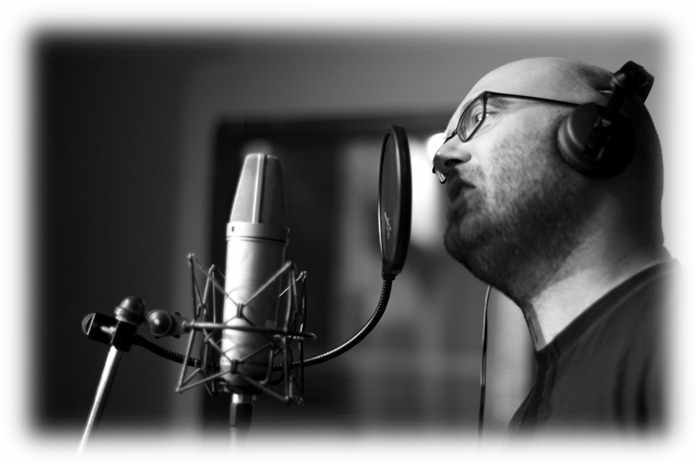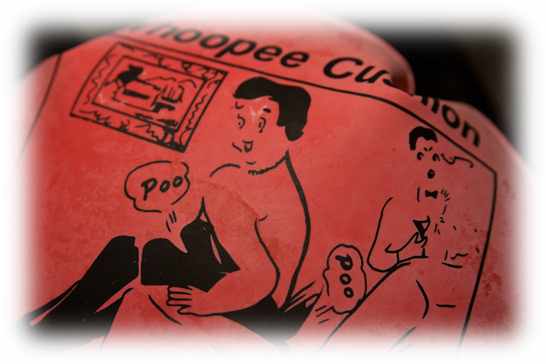The story is written all over your face
Making faces while telling stories is an absolutely essential skill to master as a storytelling technique.
Let’s set the scene…

It’s holiday time and the family are camping in the forest, enjoying nature, the outdoors and the fresh air.
As night draws in, the kids wrap themselves in their coats and gather round, closer to the snapping and crackling camp fire; marshmallows speared on the ends of freshly cut sticks from the afternoon’s walk.
Your children gather close, feeling the camaraderie of each other’s presence as they huddle together in anticipation for that timeless camping classic: the ghost story.
As the breeze makes the trees around them shush gently, a hush falls over them and your eyes twinkle as you gaze intently at each of them in turn, setting the mood for the tale.
Your face is a picture of danger, drama and suspense.
You draw a breath, and begin…
In this chapter on facial expression in storytelling
- Facing the truth – How and why using facial expressions, gestures and masks are important for our children regardless of them being included in story time.
- Watching and learning – The importance of facial expression as a way of teaching emotional intelligence.
- A picture paints a thousand words – How ours and our children’s faces show precisely the emotion behind it and how you can master this to bring a story to life.
- Toning it down – A cautionary reminder that while we’re aiming to bring our stories to life, sometimes not being real is the just as important. Also a side note on storytelling with children with autism
- Eye Contact – As a storytelling technique to engage and draw in your audience, eye contact is essential and surprisingly easy to master.
Introduction
Paul Ekman’s books and “Facial Action Coding System” (FACS) are well worth finding out more about if you’re interested in bodylanguage and learning to read people (children and adults) more easily.
It is a widely held that the most important and common, and strongest, nonverbal communication is through your facial expressions.
In the art of storytelling, facial expressions are a most crucial companion to how you use your voice.
Lucky they are an innate characteristic of human expression as we speak. So, in this chapter we will explore:
- Children’s perceptions of facial expressions and why it is so important to use them.
- Emotional Intelligence – teaching your child to identify emotions from facial expression.
- Social referencing and how to use it – how your child learns from your facial expressions.
- Using your face to tell the story and maintain the flow of your story
- How becoming a caricature of yourself will improve your story and your child’s sense of security.
- Eye contact – the effects of neglecting this important means of facial expression.
Information at face value

You’ve just found out you are going to become a parent…
You – you – are going to become a parent!
A waterfall of emotions flood you; excitement, fear and everything in between.
Your partner’s eyes are fixed firmly on you, scouring your face for your reaction, gleaning everything they can from your eyes, your mouth – your expression.
There are tears glistening in your eyes.
Your partner is wondering – are they happy tears or sad tears?
You smile.
Facing the truth
Our emotions are naturally drawn out on our faces and thus are the most important form of non-verbal communication.
Often, words cannot even do justice to the complexity and strength of the feelings you can express with your face.
Facial expressions are such a giveaway to a person’s emotions that sometimes we even try to hide our true feelings by restraining our facial expressions
Without facial expressions, a story becomes a flat, limp narration instead of a magical and engaging tale.
You will look just plain bored and disinterested.
Apart from perhaps feeling a perceived unwillingness to spend time with them, your child will be concentrating on you telling the story, instead of being ‘in’ the story in their imagination.
They will be aware that a story is being told to them – seemingly begrudgingly – instead of being transported off in their imagination, out of their bedroom and into the magical land you are describing.
If your face shows no wonderment, you can’t expect to convince your child that it is wonderful.
Read about the specifics of facial expression and gesture in storytelling
The following are all sections in this chapter. Keep a close eye on your email inbox and read each one in turn and practice the storytelling homework. You’ll never realise just how much goes into a the telling of a story. We have linked in the first section on why facial expression is important in stories and children’s growth for your interest.
- Facing the truth – How and why using facial expressions are important for our children’s growth.
- Holding it up – Understanding mirroring and social referencing and their role in storytelling.
- Watching and learning – Teach emotional intelligence through facial expression in your stories.
- A picture paints a thousand words – Use your face to paint a picture richer than words in your children’s stories.
- Toning it down – Finding the balance between story and reality and storytelling with autistic kids.
- Eye Contact – Master this storytelling technique and you’ll have your audience in the palm of your hand.


